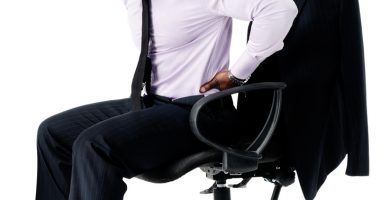Ankle Sprains
Acute Phase: Day 1 to 4
You probably think you know a lot about ankle sprains.
It’s a very common topic but for a good reason. Ankle sprains are the most common injuries and account for 25% of all sports injuries. Over a series of blogs, I will take you through the different stages of ankle rehab and give you tips on how you can take some control over your own recovery and prevent reoccurrence. If not rehabilitated properly, ankle sprains leave you vulnerable and 40% develop chronic ankle instability and which makes the injury more likely to reoccur.
So, let’s start from the beginning `Day 1’ or `The acute phase’
Do not proceed if:
- Severe trauma leading to deformation
- Pain that comes on without a known cause
- Is so severe you are unable to walk 4 steps (limping is fine)
- Tenderness Navicular (bone on the inside part of foot) or 5th metatarsal
- If the injury occurs in a contact sport or you are hit by another object with a planted foot
In these cases, see a physical therapist first.
It is important to establish a diagnosis before starting rehab because different injuries need to be handled differently. For example; with a ligamentous sprain we encourage early loading but if there is a fracture then you will have to spend some time non-weight bearing. The rehab advice will be specific for lateral sprains which are the most common.
The most common mechanism of injury is when the foot twists inwards (inversion sprain) and causes damage to the ligaments of the outside (lateral) part of the ankle (ATFL, CF and PTFL).
The ligaments superficial and deep deltoid ligament injury are less likely to occur and so are higher ankle sprains (syndesmotic) but do occur in sports such as contact sport and skiing.
Treatment aims:
- Minimise swelling– There is good evidence for elevation and cold therapy to minimise swelling. Relative rest is advocated because it promotes tissue healing. Advise the patient to avoid activities that cause increased pain or swelling. Wrap the pack in a towel before use (do not apply ice or cold packs directly to the skin). Apply ice for 15-20 minutes, 3 times daily for the first 24-48 hours. Elevate the ankle, which also helps control the swelling.
- Protect from further injury. The use of taping, splints or lace up brace. These restrict the range of movement and further injury but allow some mobility.
- Pain-free movements during this time are advised. Take ankle out of their brace and move it through a pain-free ROM. Simple exercises like spelling the letters of the alphabet with the foot and ankle several times per day are great as long as it is pain-free and help move the calf through all ranges of movement. Calf muscle stretching is also advised this also helps with the fluid dynamics.
Emeline
Osteopath@Avenue Clinic
https://emedicine.medscape.com/article/1907229-treatment#d8
https://theprehabguys.com/x-ray-after-an-ankle-sprain/#.WnCa_q5l_cs



